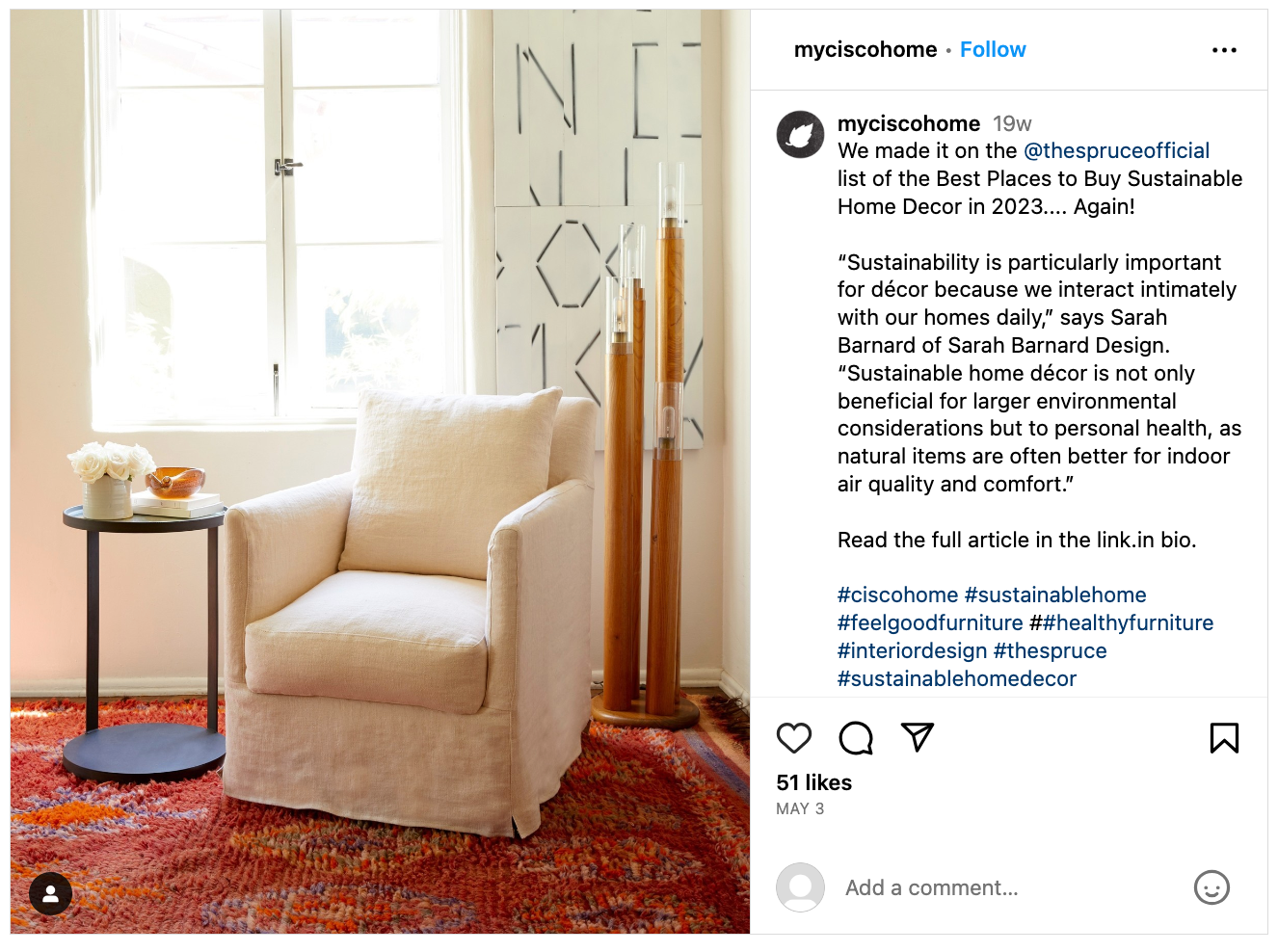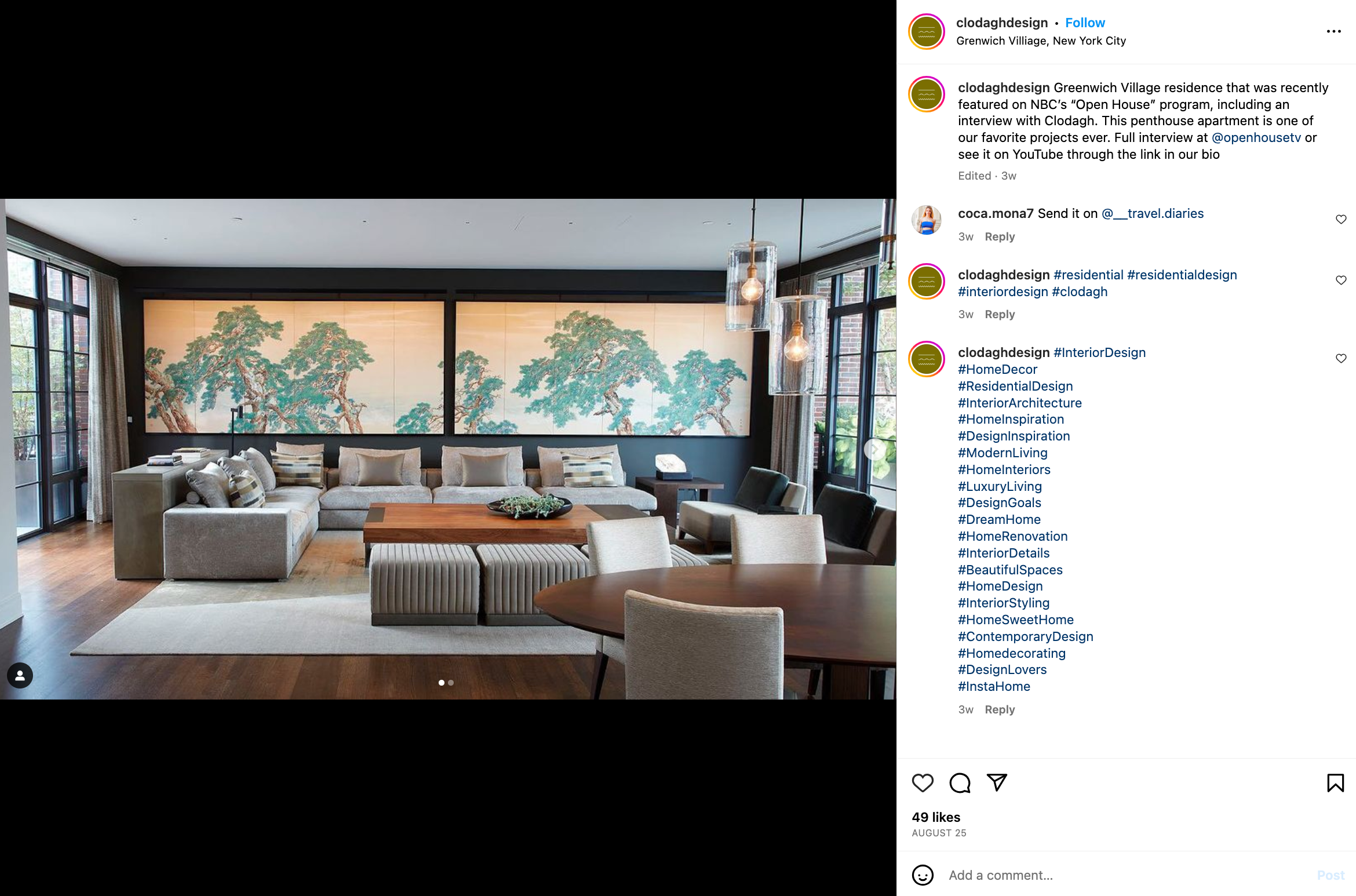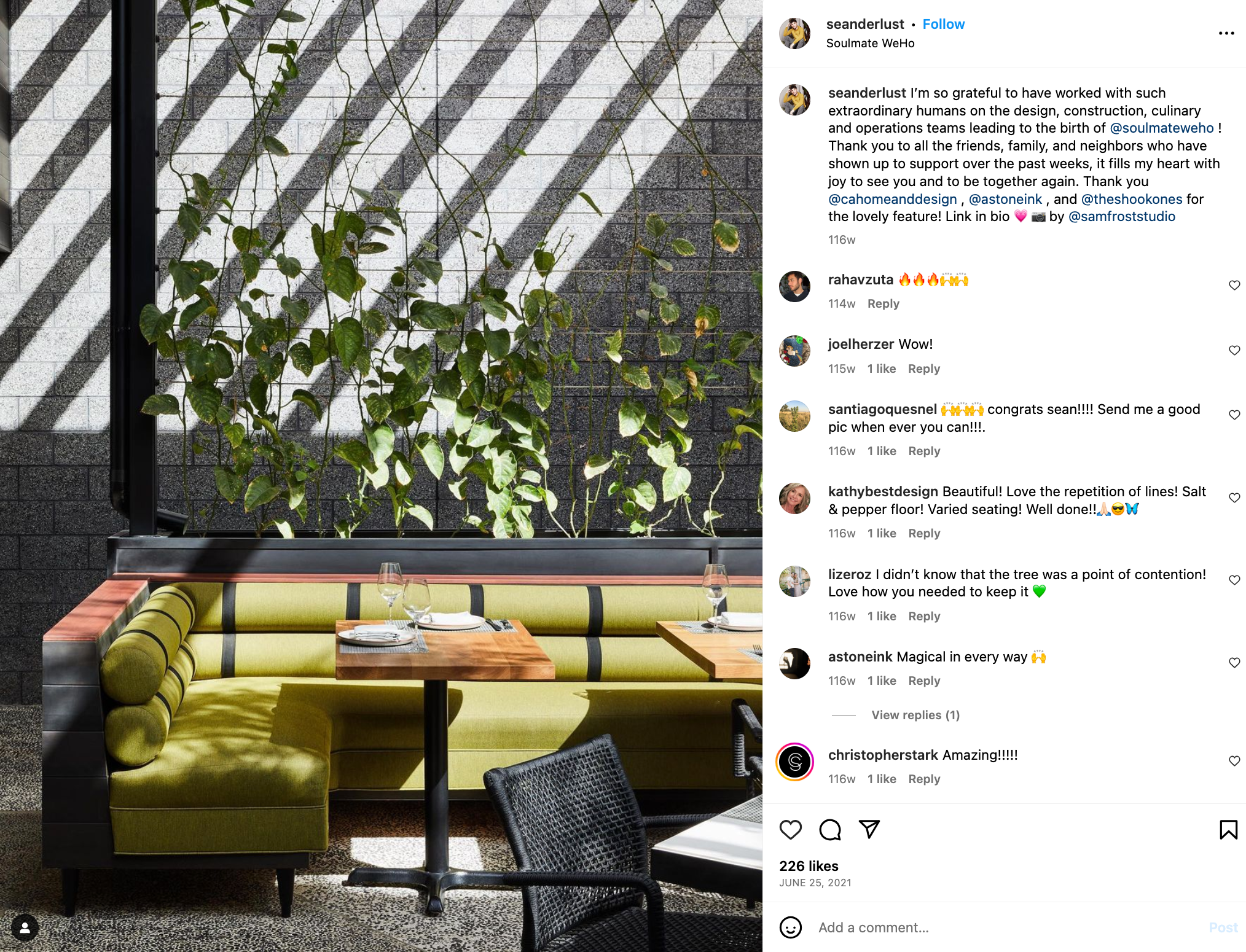

Sustainable Interior Design: Celebrating Eco-Conscious Designers
Summary
Reflection Questions
Journal Prompt
Prioritizing human health, the natural world, and careful allocation of our shared resources, sustainable interior design aims to transform our industry for the better. It is already reshaping our perceptions of and interactions with living spaces through a multitude of innovative approaches. In the future, sustainable interior design practices will dominate interior design and architecture.
Many interior designers and homeowners already acknowledge the necessity of embracing sustainable practices. Eco-friendly interior design slashes electricity bills, can reduce energy consumption, creates healthier interiors, and limits our impact on the planet — all while delivering gorgeous spaces we can live in and love.
For those unfamiliar with sustainable interior design and its growing impact on the industry, let’s take a closer look at the change-makers pushing eco-friendly interiors to the forefront.
The Rise of Sustainable Interior Design
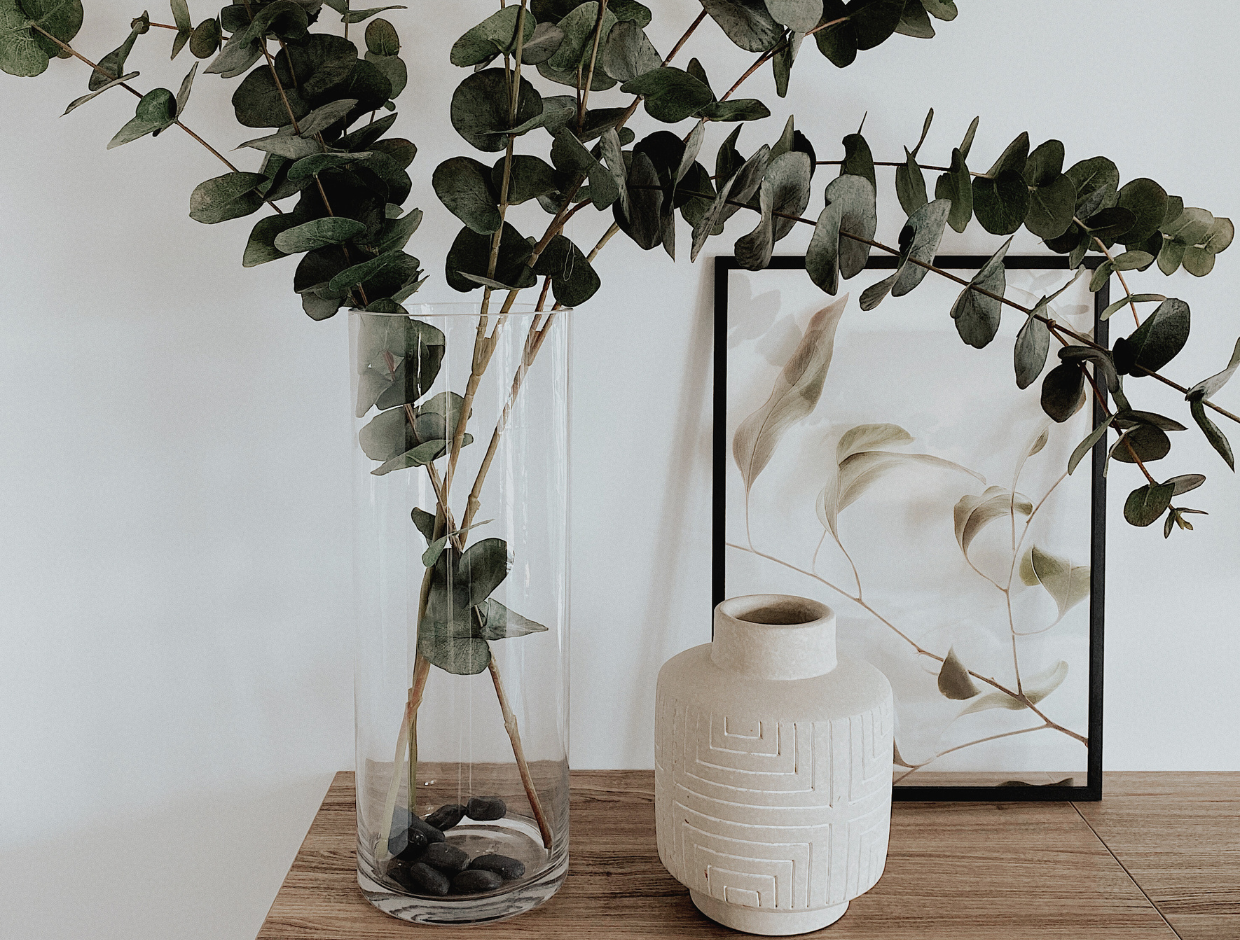

To understand the significance of eco-friendly interior design today, we must first journey back in time. Traditional interior design – rooted in aesthetics and functionality – rarely heeded its environmental consequences. As environmental concerns escalated over the years – however – the design industry underwent a profound transformation.
Historically, interior design was more about opulence and extravagance than environmental consciousness. Victorian-era interiors – for example – were characterized by heavy, ornate furnishings and the lavish use of natural resources. The dawn of the 20th century brought modernism – which introduced cleaner lines and simpler forms but did not prioritize sustainable interior design.
Interior Designers Hit a Turning Point
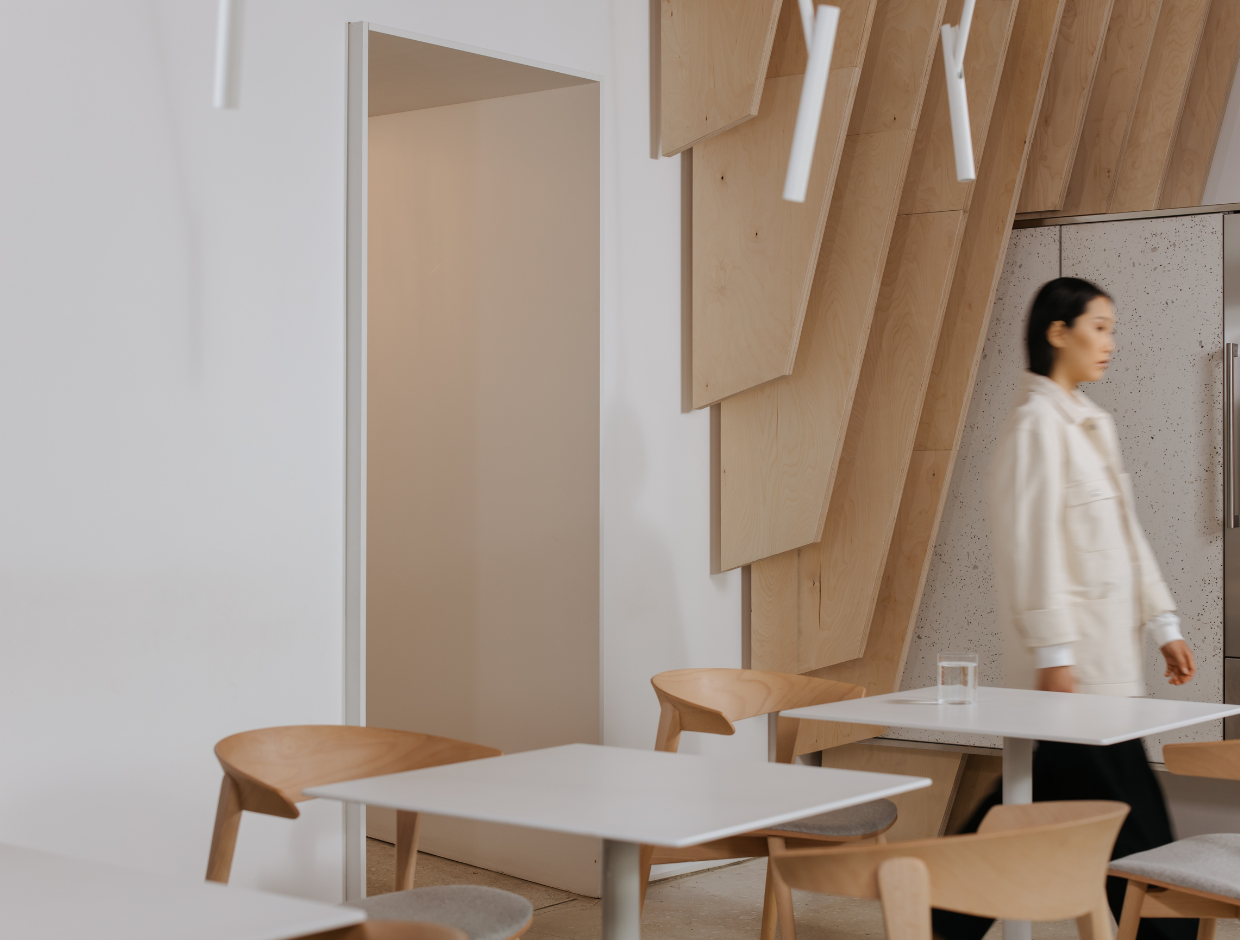

The real turning point came in the latter half of the 20th century when environmental awareness began to permeate various aspects of society. This awareness paved the way for eco-conscious design principles to take root. Sustainable interior design evolved as a response to the mounting concerns about deforestation, pollution, and resource depletion.
Sustainable interior design focuses on environmentally friendly practices and materials. It prioritizes the use of renewable resources, energy efficiency, and minimizing waste. Designers often choose eco-friendly materials like reclaimed wood, recycled metal, and low-VOC paints to reduce their carbon footprint. The aim is to create spaces that not only look beautiful but also have a positive impact on the planet.
On the other hand, traditional interior design draws inspiration from classic styles and timeless aesthetics. It often incorporates rich textures, ornate details, and antique furnishings. Traditional design celebrates craftsmanship and heritage — with an emphasis on creating cozy and elegant interiors that stand the test of time.
While these two approaches may seem contrasting, they can also complement each other. Designers often blend sustainable practices with traditional design elements to create unique and environmentally responsible interiors that capture the best of both worlds.
Meet the Interior Designers Leading the Way in Sustainable Design
Sarah Barnard
Sarah Barnard is a designer and creator of environments that support mental, physical, and emotional well-being. She creates highly personalized, restorative spaces that are deeply connected to art and the preservation of the environment.
A certified California Naturalist, Sarah believes in celebrating nature through responsible design that works symbiotically with the local environment. An advocate for consciousness, inclusivity, and compassion in the creative process, Sarah has appeared in Architectural Digest, Elle Décor, Vogue, HGTV, and many other publications.
In 2017 Sarah was recognized as a “Ones to Watch” Scholar by the American Society of Interior Designers (ASID) and has been awarded “Best of Houzz Design” for seven consecutive years. Sarah’s MFA in Visual Arts from Claremont Graduate University informs her practice and innovative approach toward sustainable interior design as creating a living work of art.
Clodagh
Clodagh is the founder and CEO of Clodagh Ross + William. She is an eco-conscious interior designer known for her sustainable and environmentally friendly design principles.
She hails from the west of Ireland and initially ventured into fashion — establishing a successful couture salon in Dublin. However, she later transitioned to design — first in Spain and then in New York City. Her design shop — Clodagh Ross + Williams — gained fame as a hub for emerging designers. Clodagh has emerged as a pioneer in sustainable design — emphasizing the impact of design on people’s well-being.
She’s a dedicated advocate for sustainable interior design, an avid traveler, and a fine art photographer. She’s also an author and committed vegan. Clodagh is actively involved in philanthropy — notably the Thorn Tree Project. She currently resides in New York with her husband and has received numerous accolades for her contributions to design and philanthropy.
Sean Leffers
Sean Leffers is led by its founder — Sean Leffers. This studio of interior designers is renowned for its commitment to art, materials, and intricate details in interior design. These interior designers prioritize personal and diverse inspirations — curating collections that reflect their deep knowledge of architectural and decorative traditions.
Their designs incorporate layers, textiles, and materials to craft spaces exuding warmth, vibrancy, and sophistication. Based in California, the firm operates globally — undertaking projects across various regions and styles.
Principles of Sustainable Interior Design
At the heart of sustainable interior design are several core principles that guide the creative process. These principles emphasize the importance of making responsible choices to create spaces that are not only visually appealing but also environmentally friendly.
Sustainable Materials


One of these fundamental principles is the use of sustainable materials. Designers now source materials that are renewable, recycled, or reclaimed. Sustainable interior design prioritizes materials that are durable and long-lasting. This reduces the need for frequent replacements and minimizes waste.
High-quality, durable materials not only save resources but also offer better value in the long run. For instance, bamboo and cork have gained popularity due to their fast regrowth and minimal environmental impact.
Energy Efficiency
Energy-efficient design is another crucial aspect. Sustainable interiors are designed to maximize natural light, reduce the need for artificial lighting, and optimize heating and cooling systems to minimize energy consumption.
Design spaces with adaptability in mind. Choose materials and layouts that can easily be reconfigured or repurposed as needs change — reducing the need for new materials in future renovations.
Resource Conservation
Sustainable interior design prioritizes resource conservation. This includes reducing waste during construction and renovation and repurposing materials whenever possible. Salvaged wood — for example — can find new life as beautiful flooring or furniture.
Sourcing materials locally helps reduce transportation emissions and supports the local economy. Sustainable designers often prioritize materials that are available regionally — cutting down on the carbon footprint associated with long-distance transportation.
Environmentally Friendly Materials and Products
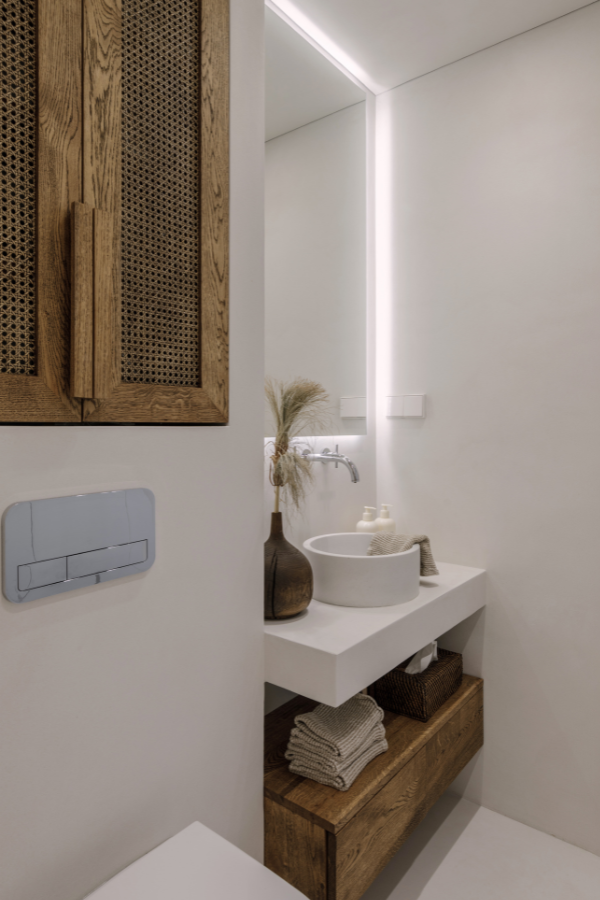

One of the most tangible ways sustainable interior design makes an impact is through the selection of eco-friendly materials and products. Eco-friendly materials are those that have a reduced impact on the environment throughout their lifecycle — from production to disposal. These materials are typically sourced, manufactured, and used in ways that minimize harm to the planet.
Natural resources — particularly rapidly renewable materials — also tend to be healthier for people using these interior spaces. They off-gas less than manufactured materials, meaning they release fewer VOCs into the home.
This results in improved indoor air quality. The Environmental Protection Agency (EPA) identifies poor indoor air quality as a contributor to a wide range of acute and chronic health issues. Let’s explore some examples of sustainable materials used in green design.
Fuel your creative fire & be a part of a supportive community that values how you love to live.
subscribe to our newsletter
Bamboo
Bamboo is a sustainable superstar. It can be used for a wide range of products. You’ll find bamboo toothbrushes, kitchen utensils, furniture, flooring, and even clothing.
It’s fast-growing and requires minimal pesticides and fertilizers. It also absorbs more carbon dioxide than most trees.
One sustainable bamboo company is Guada Bamboo. Guadua Bamboo has established itself as the foremost authority in the cultivation and exportation of large tropical timber bamboo species in Latin America. They’re also a staunch supporter of responsible and eco-friendly forestry management practices.
Recyclable Materials
Recycled glass countertops and tiles are not only stunning but also eco-friendly. They divert glass from landfills and reduce the demand for new raw materials.
Low-VOC Paints
Traditional paints release volatile organic compounds (VOCs) that are harmful to both health and the environment. Low-VOC and zero-VOC paints are now widely available — offering a safer and greener option.
Repurposed Furniture
Designers are increasingly using old furniture and giving it a fresh, stylish look. This not only reduces waste but also adds character to spaces.
Sustainable Wall Coverings
Options like cork wall tiles, reclaimed wood paneling, or recycled glass tiles are sustainable alternatives to traditional wallpaper or paint.
Eco-Conscious Design Projects
Real-life examples of sustainable interior design projects showcase the practicality and beauty of eco-conscious choices. Let’s delve into a few case studies.
Green Office Spaces
Many environmentally conscious companies now consider sustainable interior design important enough to adopt in their office spaces. Green design has escaped residential interiors to permeate the entire interior design industry.
They incorporate energy-efficient lighting, use recycled materials, and create green spaces with indoor plants. The result is a healthier, more productive work environment.
Sustainable Homes
Eco-friendly homes are becoming more popular, too. These houses are equipped with solar panels, energy-efficient appliances, and sustainable building materials. In homes, green design focuses on natural light and ventilation — reducing the need for artificial light, heating, and cooling.
Renovating with Purpose
Homeowners are choosing to renovate their existing spaces sustainably rather than demolishing and rebuilding. This not only preserves the character of older homes but also reduces construction waste.
The Future of Sustainable Interior Design
The future of sustainable interior design holds exciting possibilities. As environmental awareness continues to grow, we can expect further technological integration, increasing adoption of circular design, more biophilic interiors, and greater attention paid to local artisans.
Smart homes will increasingly incorporate sustainability interior design features. Automated lighting and heating systems will optimize energy use, while apps and sensors will monitor resource consumption.
The concept of circular design — which focuses on reducing waste and reusing materials — will gain prominence. Designers will find creative ways to repurpose and upcycle.
Biophilic design — which emphasizes the connection between humans and nature — will become more prevalent. Expect to see more indoor greenery, natural materials, and designs inspired by the natural world.
Sustainable design often involves sourcing materials locally to reduce transportation emissions and support local economies. This trend is expected to continue and expand.
Final Thoughts
As eco-conscious interior designers continue to reshape the industry, we all have a role to play. Whether you’re a homeowner looking to revamp your living space or a business aiming to create a sustainable office, the principles of sustainable interior design offer a roadmap to a greener, more beautiful future.
As you embark on your next project, remember that sustainability in interior design isn’t just a choice. It’s a statement about our commitment to a better world — one beautifully designed space at a time.
By Armela E.



